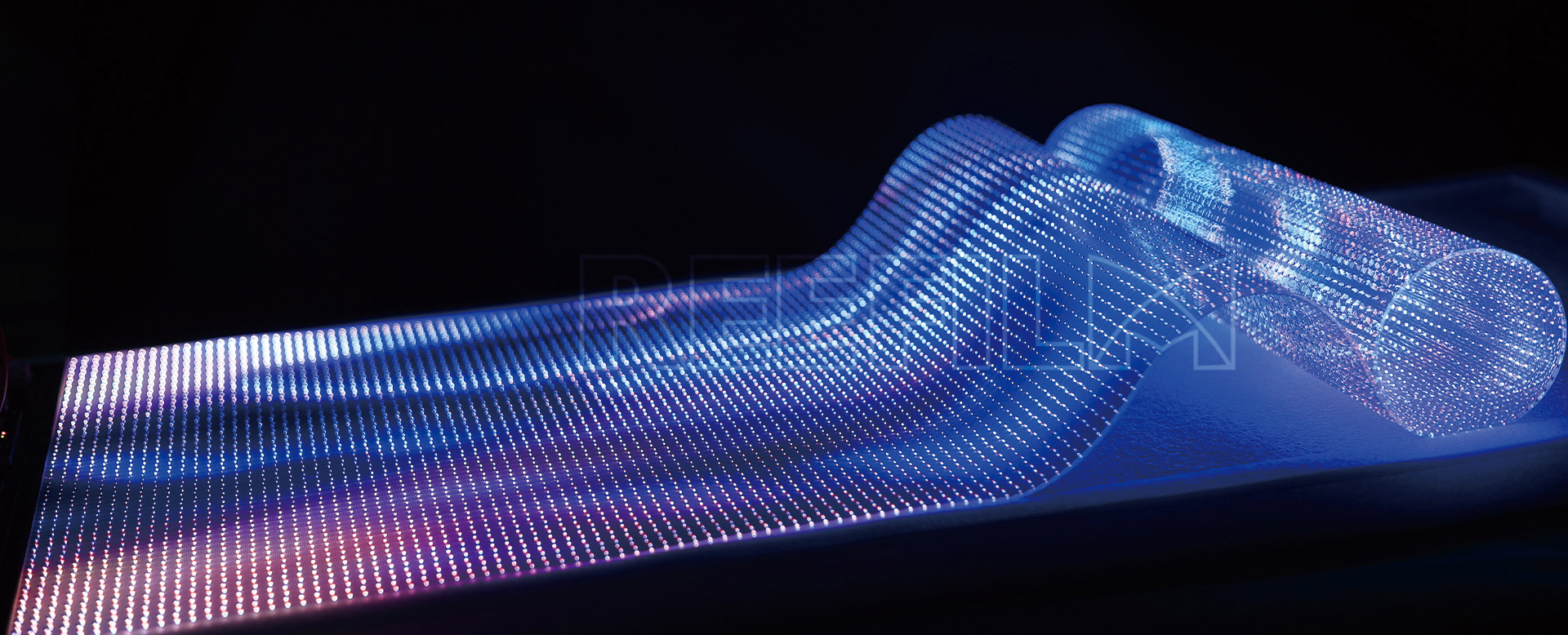
An Led Screen is a display technology that uses an array of tiny LEDs to create visual output. LEDs are semiconductor devices that emit light when an electric current passes through them. LED screens offer vibrant colors, high contrast, and energy efficiency. They are widely used in various applications, including televisions, computer monitors, outdoor signage, stadium screens, and video walls. Led Screens provide sharp and bright images with wide viewing angles, making them popular for both indoor and outdoor use.Here is a brief overview:
1. LED Chips: Led Screens consist of numerous small LED chips that emit light when an electric current passes through them. These chips are typically made of semiconducting materials such as gallium arsenide or gallium phosphide.
2. LED Packaging: The LED chips are encapsulated or packaged to protect them and provide mechanical support. The packaging also helps to enhance the efficiency and performance of the LED by controlling the direction and intensity of the emitted light.
3. Pixel Structure: LED screens are composed of multiple pixels that make up the entire display. Each pixel contains several LED chips, including red, green, and blue (RGB) chips. By adjusting the intensity of each color, the screen can create a wide range of colors and shades.
4. Backlighting: In LED screens, a backlighting system is used to provide uniform illumination behind the pixels. This helps to improve the screen's brightness and contrast. Older LED screens commonly used cold-cathode fluorescent lamps (CCFLs) as backlighting, while modern displays use more efficient LED backlighting.
5. Driving Circuitry: LED screens require driving circuitry to control the operation of the LEDs. This circuitry regulates the electrical current and voltage supplied to the LEDs, ensuring precise control of brightness and color accuracy. The driving circuitry is usually integrated into the display panel or housed separately.
6. Control System: LED screens are typically connected to a control system or display controller, which receives input signals and processes them to determine the appropriate display output. The control system coordinates the operation of the individual pixels to create images or videos on the screen.
7. Assembly and Display Panel: The LED chips, packaging, backlighting, driving circuitry, and control systems are assembled onto a display panel, which may be made of glass or other suitable materials. The panel provides structural support and houses the interconnected components.
8. Mounting and Integration: LED screens are mounted into specific display modules or panels, which can be combined to create larger screens or video walls. The modules are interconnected, and the necessary connectivity and power supply systems are established.
Overall, the production of LED screens involves precise manufacturing processes, including chip packaging, pixel arrangement, backlighting, driving circuitry, and control systems. These components work together to create vibrant, energy-efficient, and high-resolution displays for various applications, such as televisions, signage, outdoor displays, and digital billboards.
